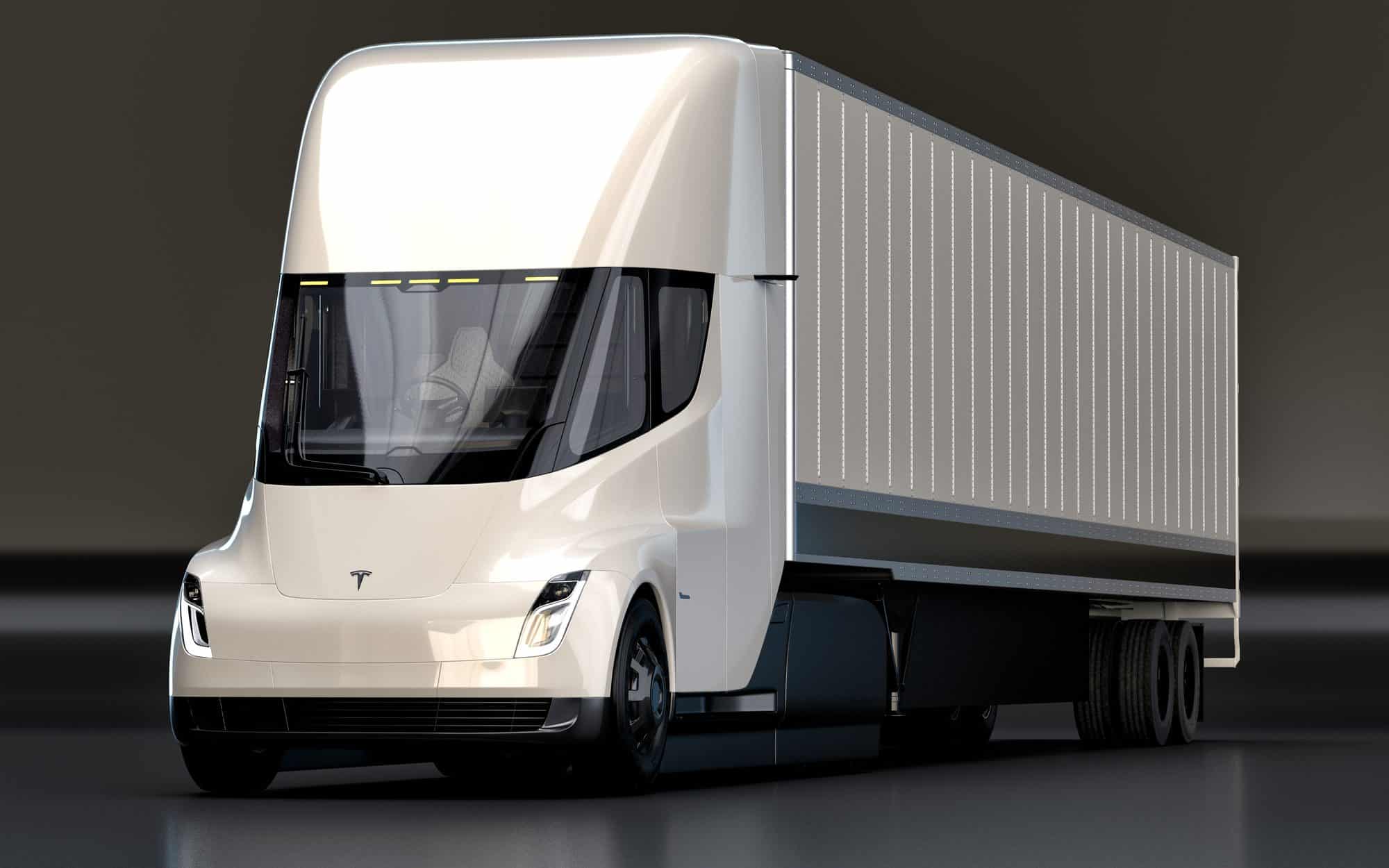Is the Tesla Semi the breakthrough that it is purported to be?

There has been a lot of discussion and speculation recently about the performance of the Tesla Semi over its “fully laden” run. However, with the use of some simple arithmetic and scientific principles, and admittedly with a few realistic estimations too, it is possible estimate some of the unanswered questions that are currently swirling around in the industry.
1. What is the mass of the Tesla Semi?
Based on the launch announcement the Tractor unit accelerates to 60mph in 5s, and at 80,000lbs in 20s. So using F=MxA the Tesla Semi should weigh 20,000lbs (as it accelerates to 60 in 1/4 of the time without a trailer).
2. What is the mass of its battery?
In Tesla’s 2021 ‘Impact report’ the Tesla Semi is claimed to have a 500 mile range and an efficiency of 0.5 miles/kWh. So that’s a 1,000kWh pack (roughly), furthermore, Tesla’s 4680-type battery cell (assuming this is being used) is about 272Wh/kg, so the battery pack could be about 3,700kgs/8,160lbs suggesting the tractor chassis is around 12,000lbs
4. What is the payload capacity of the tractor/trailer combo?
Including the 2,000lb bonus for being an EV, and subtracting about 12,500lbs for the mass of the empty trailer it’s somewhere in the region of 49,500lbs, however, a twin axle trailer has a max payload capacity of 35,000lbs in the US
5. What payload was the Tesla Semi hauling?
It’s a bit speculative, but if we assume each pallet is 600kg (one, at least, is marked at 600kg in the released video) and looking at the loading bay it seems to be holding about 20 pallets (I could have mis-counted), that’s 26,400lbs or 75% max payload, so I’m not sure about the “fully loaded” claim…
6. What does this mean about the practicality of the truck?
On average a semi is 70-80% of full payload, so it seems to add up that the Tesla Semi is a credible vehicle practically speaking (but let’s find out the price though, and where the charge point are before we get too excited…).
I’ve made estimates here based on what we’ve been told, so my calculations could be incorrect, and I’ll leave it to you to decide if 26,400lbs is an acceptable payload (if I’ve not overcounted)!
Click here to see the video I am referring to.
If you would like to know more on this subject, you might also be interested in our Fleet Electrification Global Study.

